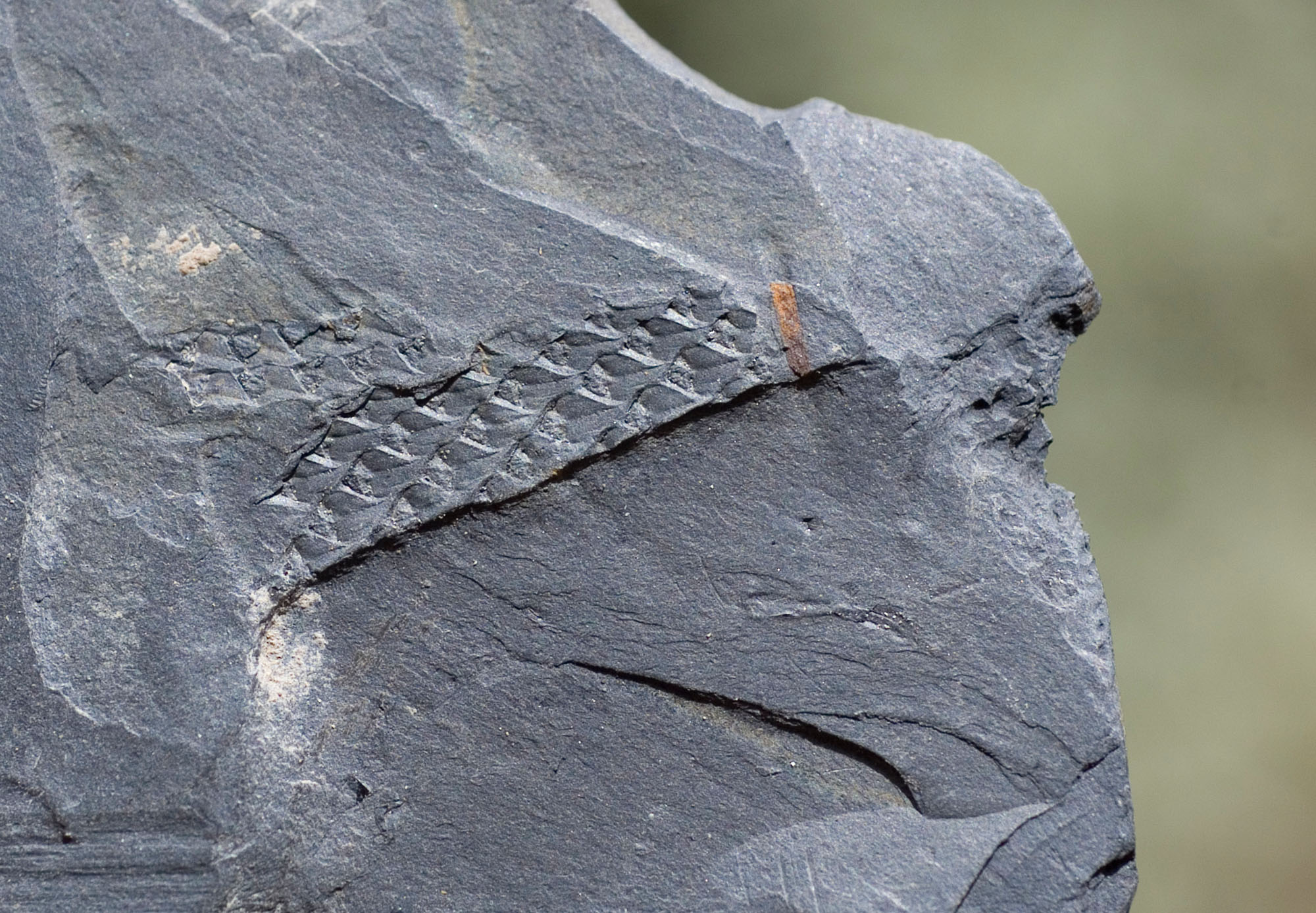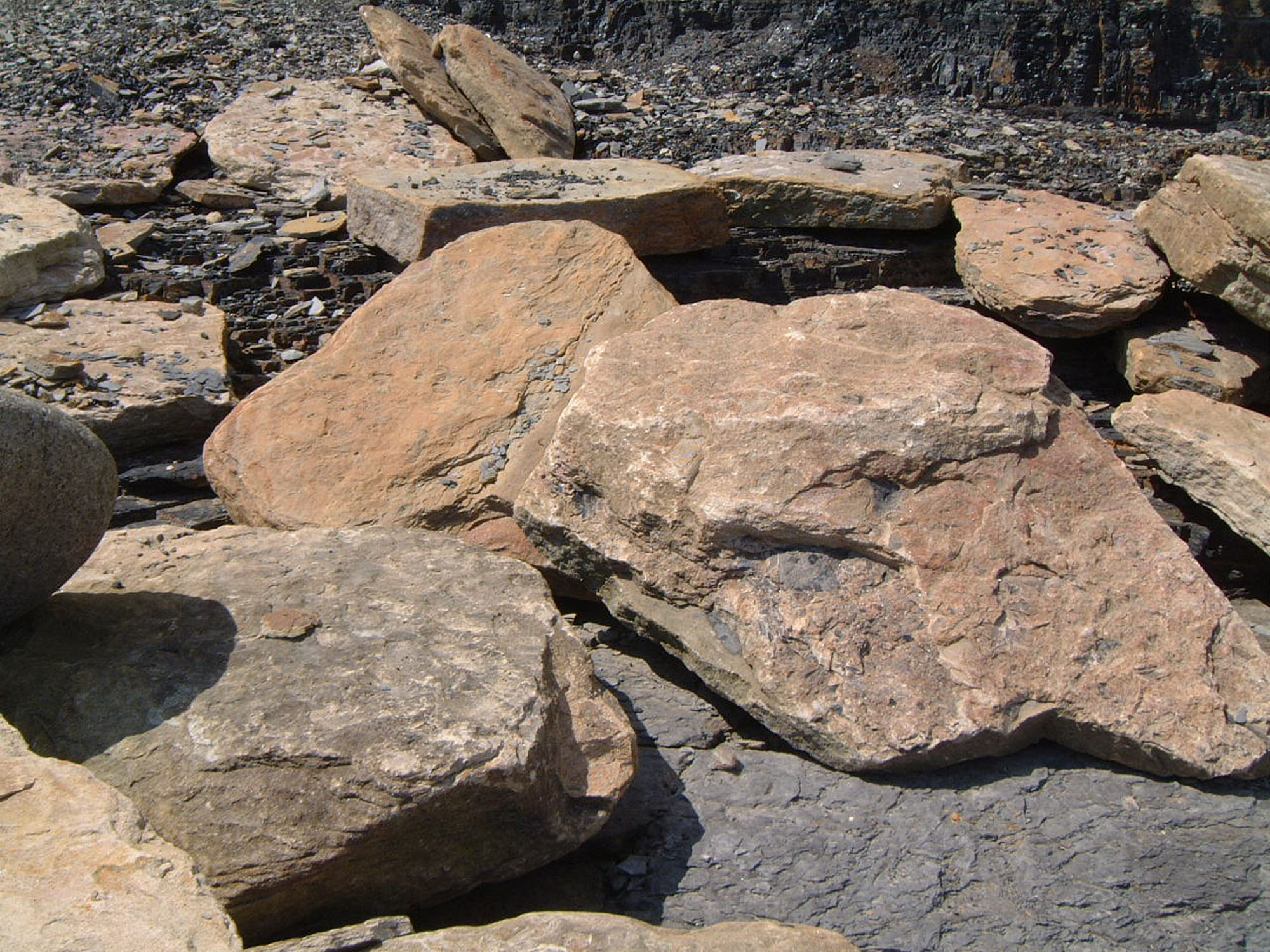Seaton Sluice at the north end of Whitley Bay is an excellent chance to collect fossils from the Carboniferous coal measures. Coal itself can be seen in the rocks which are also rich in plant remains, corals and bivalves. An easy location to access and fossils are common.
DIRECTIONS
♦ Seaton Sluice can be reached from the A193 either by heading north from Whitley Bay, or south from Blyth. You can also access Seaton Sluice from the A19 via the A186 exit Most roads.
♦ There is a car park at Hartley just south of Seaton Sluice. Park here, and you will find steps to the beach.
♦ Walk northwards along the foreshore and cliffs and examine the rocks.
♦ The tide reaches the base of the cliff here, so please double check tide times before visiting.
♦ Ref: 55.07567°N, 1.46155°W
PROFILE INFO
FIND FREQUENCY: ♦♦♦♦ – Fossils are common at Seaton Sluice, although most of the plant remains are stems. However, there are plenty of corals and bivalves to be found.
CHILDREN: ♦♦♦ – This location is suitable for older children as the foreshore is quite rocky.
ACCESS: ♦♦♦♦ – There is a good car park and a short walk to the shore, this location is easy to find and is north of the lighthouse at St Mary’s Island.
TYPE: – Most fossils can be found in the boulders and rocks on the foreshore. You may need a hammer to split these out.
FOSSIL HUNTING
Fossils at Seaton Sluice are found mostly in the rocks and shale on the foreshore. The grey coloured non-marine rocks contain plant remains and bark, and the sandy orange coloured rocks contain the marine fossils such as corals and bivalves. There is plenty to be found here.
Fossil bark is also quite common, and pieces of bark can be collected along the foreshore loose. We recommend splitting the shale as often, you will find fossils inside.

GEOLOGY
The Carboniferous Coal Measures at Seaton Sluice are from the Silesian (Upper Carboniferous) of Westphalian age, (Asturian Substage). They form part of the Halesowen Formation of the Warwickshire Group. These are grey-green micaceous sandstones, grey-green mudstones and thin coals and limestone beds.


SAFETY
Common sense when collecting at all locations should be taken and knowledge of tide times should always be noted. The tide can easily cut you off at Seaton Sluice so please double check tide times. The rocks can also be very slippery so please take extra care.
EQUIPMENT
The best tools to take at this location are a chisel pick and safety glasses. These are ideal for splitting the rocks, which contain fossils. You will also need plenty of paper to wrap your finds, as some of these can be fragile, especially the plant remains.
ACCESS RIGHTS
This site is a site of special scientific interest (SSSI). This means you can visit the site, but hammering the bedrock is not permitted. For full information about the reasons for the status of the site and restrictions, download the PDF from Natural England.
It is important to follow our ‘Code of Conduct’ when collecting fossils or visiting any site. Please also read our ‘Terms and Conditions‘
LINKS
♦ Buy Fossils, Crystals, Tools
♦ Location Discussions
♦ Deposits Magazine
♦ Join Fossil Hunts
♦ UK Fossils Network




































